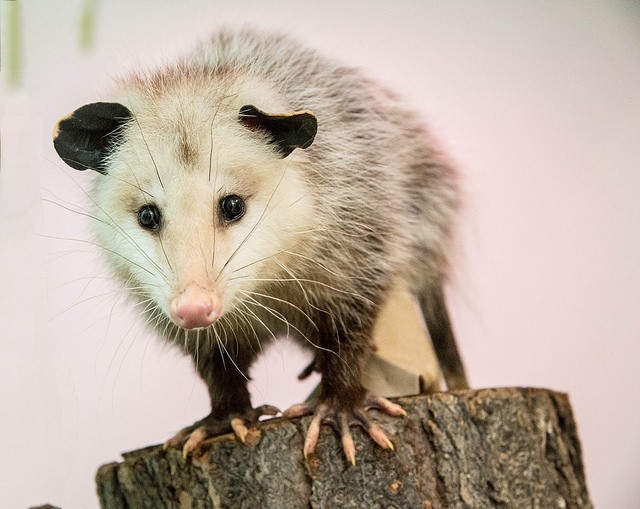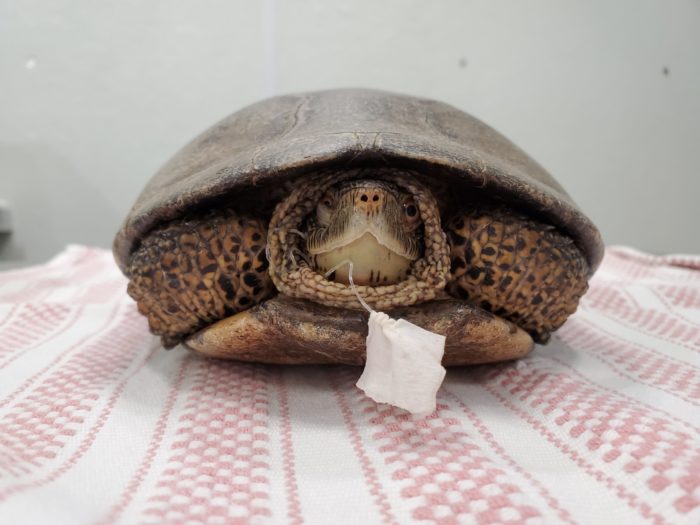The Contra Costa County Fish and Wildlife Committee has published a 16-page booklet called “Wildlife in Your Backyard” that provides information on how to prevent conflicts with wildlife in urban neighborhoods.
Keep wild animals wild
Wild animals that are fed by humans may become nuisance animals. Keep your pet food in at night. Wild animals never make good pets and, in California, it is illegal to keep wild animals as pets without proper permits. Screen your attic and basement to keep animals from nesting there.
For more tips, click here.












